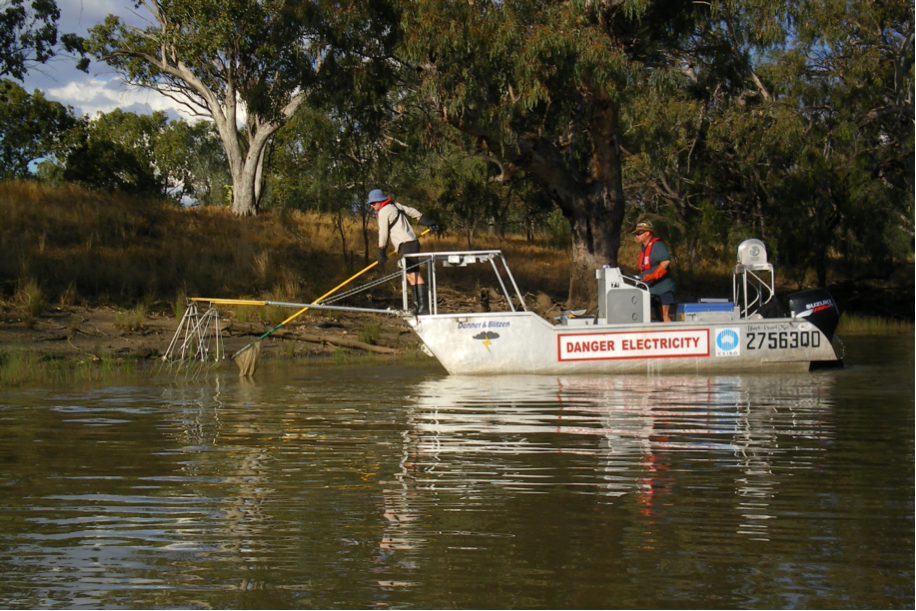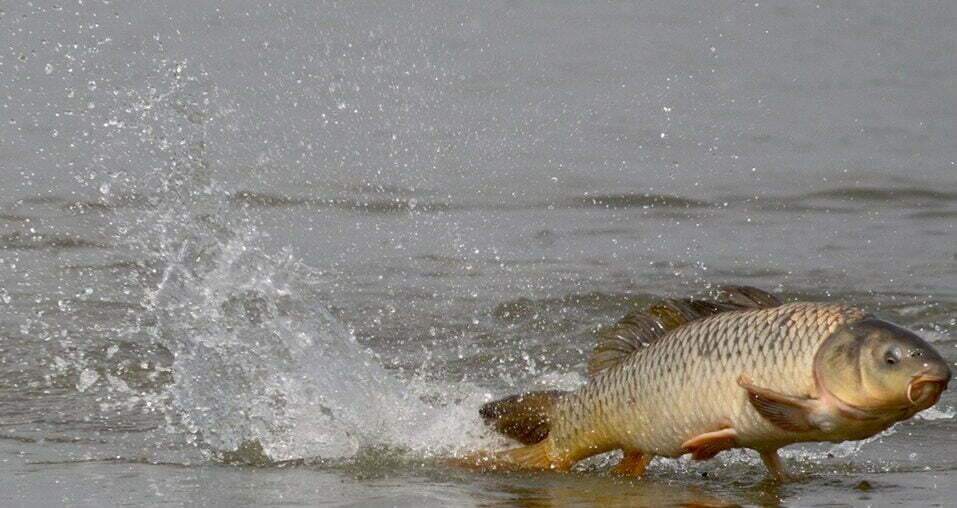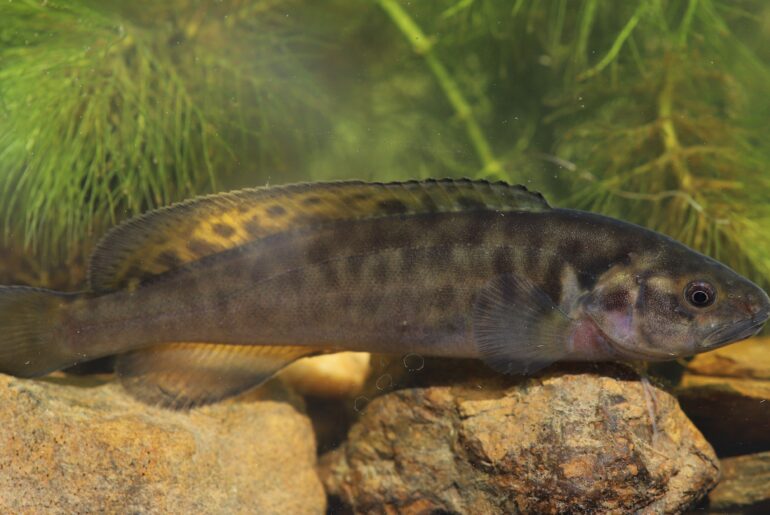All of the currently available methods for Carp (Cyprinus carpio) control have limitations. Integrated pest management involves the application of a range of technologies applied simultaneously to achieve broader objectives (eg improved habitat) rather than simply reducing pest numbers. The objectives of this project were to apply a range of integrated Carp control techniques at a particular location to: measure the response; achieve a significant reduction in damage caused by Carp using existing techniques; and demonstrate to the community the commitment to on-ground control.The study was conducted at sites located within Native Fish Strategy Demonstration Reaches and included the Warra and Kurrowah (control) Lagoons in the Condamine and Rainbow and Booboroi (control) Lagoons in the Macintyre river catchments.
Findings:
In Rainbow Lagoon, Carp removal achieved an estimated 51% reduction in abundance and 43% biomass reduction, compared with 41% abundance and 33% biomass reductions in Warra Lagoon. Reduction of Carp biomass by approximately 30 kg per ha allowed a threefold increase of more than 90 kg per ha in native fish, that are eaten by larger fish species and fish-eating birds.
The size and weight of Carp removed from the lagoons differed markedly. Rainbow Lagoon had large numbers of small Carp, while Warra Lagoon had relatively large numbers of big Carp, with few small individuals. These differences in Carp populations between lagoons are likely to result in different ecosystem responses over time. Boat electrofishing was the most effective method of Carp removal, with fyke nets the second most effective method. The number of Carp removed by angling was far lower than these other methods.

A succession of ‘transient’ responses to Carp reduction were observed in treatment lagoons. Whilst the exact nature of succession differed between lagoons, the generalised pattern following Carp reduction was evidenced as an increase in the biomass of large zooplankton; abundance of benthic macroinvertebrates; and biomass of gudgeons (Hypseleotris spp.) and Bony herring (Nematalosa erebi).
These results suggest that of the full set of potential ecosystem responses to Carp reduction, only a subset may be demonstrated in individual locations because of the influence of local drivers and constraints. Due to a range of factors, the environmental responses of several variables, including water quality, macrophytes, zooplankton and macroinvertebrates, could not be linked to Carp control.
Key messages:
- Modest reductions in Carp biomass can provide significant benefits for native fish and, if pursued, may be expected to translate into longer-term increases in native fish populations.
- Carp in turbid wetlands interact strongly with native fish through pelagic (open water rather than edge) food web pathways involving zooplankton, as well as benthic (bottom) macroinvertebrate pathways.
- Carp reduction has the potential to contribute significantly to restoring populations of native fish by increasing food availability.
- Environmental outcomes of Carp reduction include direct conservation benefits to native fish, potential increases in popular recreational species, and improved aquatic ecosystem health.
- Piscivorous (fish-eating) fish (eg Murray cod, Maccullochella peelii) are likely to have increased prey availability as a result of Carp reduction.
- Improving native fish populations in key wetlands by reducing Carp biomass may strengthen the value of permanent lagoons as drought refuges for native fish.
Read more here – Assessing effectiveness of integrated pest management in Queensland.



